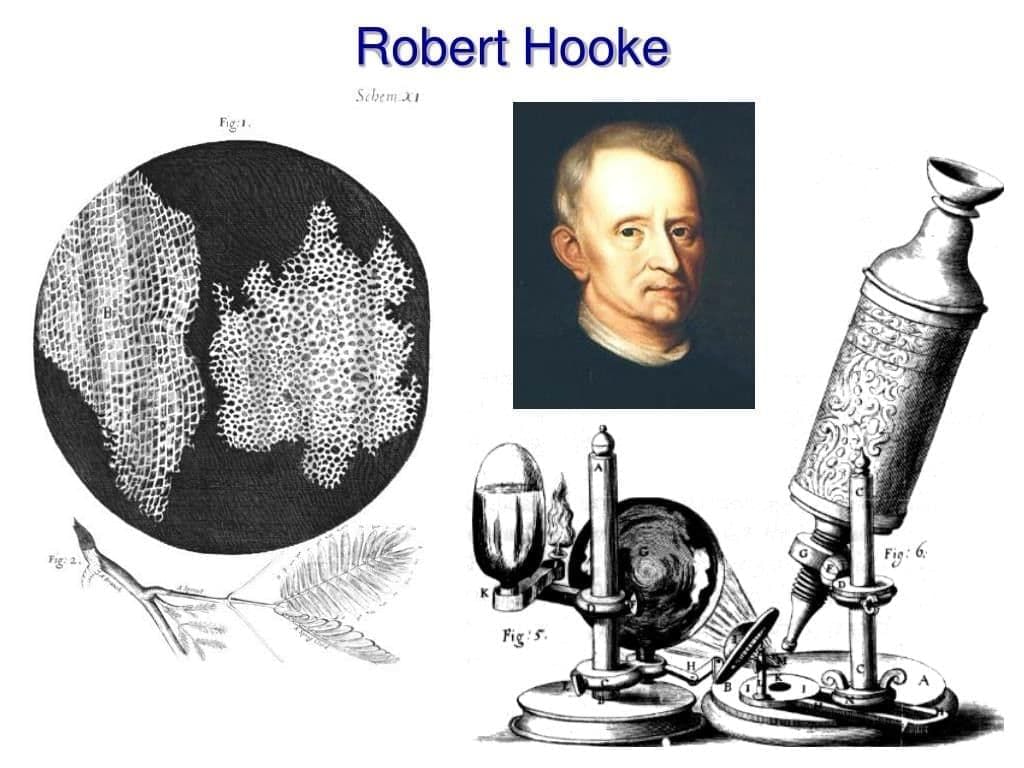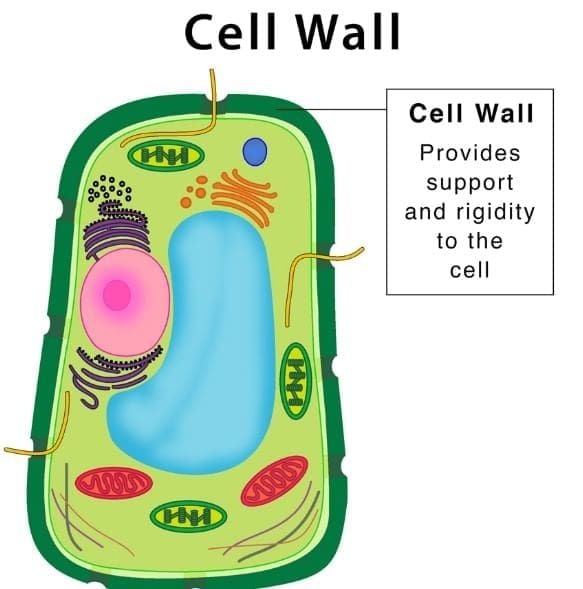Worksheet Solutions-1: The Invisible Living World: Beyond Our Naked Eye | Worksheets with Solutions for Class 8 PDF Download
| Table of contents |

|
| Multiple Choice Questions (MCQs) |

|
| Fill in the Blanks |

|
| True/False Questions |

|
| Very Short Answer Questions |

|
| Short Answer Questions |

|
| Match the Following |

|
Multiple Choice Questions (MCQs)
Instruction: Select the correct option for each question.
Q1. Who first used the term “cell” after observing thin slices of cork?
a) Antonie van Leeuwenhoek
b) Robert Hooke
c) Louis Pasteur
d) Ananda Mohan Chakrabarty
Ans: b) Robert Hooke
In 1665, Robert Hooke observed cork under a microscope and named the tiny compartments “cells.”
Q2. Which tool allows us to view objects too small to be seen with the naked eye?
a) Telescope
b) Periscope
c) Microscope
d) Binoculars
Ans: c) Microscope
Microscopes magnify tiny objects, revealing details invisible to unaided eyes.
Q3. A round-bottom flask filled with water can act as:
a) A lens/magnifier
b) A telescope
c) A prism
d) A mirror
Ans: a) A lens/magnifier
The curved water-filled flask bends light like a lens, making objects appear larger.
Q4. Which cell structure is present in plant cells but absent in animal cells?
a) Nucleus
b) Cell membrane
c) Cell wall
d) Cytoplasm
Ans: c) Cell wall
Plant cells have a rigid cell wall; animal cells do not.
Q5. Which statement is true about cheek cells?
a) They are rectangular and have a cell wall.
b) They have a large central vacuole.
c) They contain chloroplasts.
d) They are polygon-shaped and lack a cell wall.
Ans: d) They are polygon-shaped and lack a cell wall.
Cheek cells are animal cells—irregular, flat, with no cell wall.
Fill in the Blanks
Instruction: Fill in the blanks with the correct word based on the chapter.Q1. The jelly-like substance inside a cell where life processes occur is the ______.
Ans: cytoplasm
Cytoplasm contains nutrients and is the site of many cell activities.
Q2. The thin, flexible boundary of a cell that controls entry and exit is the ______ ______.
Ans: cell membrane
The cell membrane is porous and selectively allows substances in and out.
Q3. In onion peel cells, staining with ______ helps make the cells visible.
Ans: safranin
Red safranin stain highlights cell parts under a microscope.
Q4. Cheek cells are commonly stained with ______ ______.
Ans: methylene blue
Methylene blue makes the nucleus and cell boundaries more visible.
Cheek Cells
Q5. The bacteria that fix nitrogen in legume root nodules are called ______.
Answer: Rhizobium
Rhizobium converts atmospheric nitrogen into usable forms for plants.
True/False Questions
Q1. The nucleus controls all cell activities like growth and division.
Ans: True
The nucleus is called the control center of the cell because it regulates all activities, including growth and division.
Q2. Spirulina is a fungus used in bread making.
Ans: False
Spirulina is not a fungus; it is a protein-rich microalga widely used as a superfood.
Q3. Lactobacillus is the microorganism responsible for converting milk into curd.
Ans: True
Lactobacillus ferments milk sugar (lactose) into lactic acid, which causes milk to set into curd.
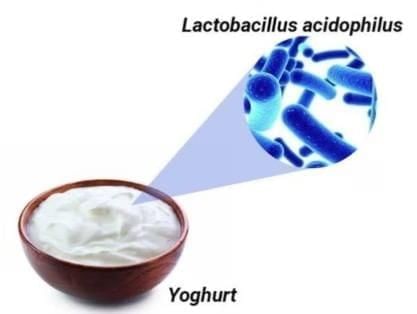
Q4. The process by which yeast releases carbon dioxide to make dough rise is called fermentation.
Ans: True
Yeast ferments sugars and releases carbon dioxide, which makes the dough fluffy and rise.
Q5. In bacteria, the genetic material is enclosed in a well-defined nucleus.
Ans: False
Bacteria do not have a true nucleus; their DNA is present in a region called the nucleoid.
Very Short Answer Questions
Instruction: Answer the following questions in one line.
Q1. Who is known as the Father of Microbiology?
Ans: Antonie van Leeuwenhoek.
Q2. What do chloroplasts contain that enables photosynthesis?
Ans: Chlorophyll.
Q3. Name the large storage cavity commonly found in plant cells.
Ans: Vacuole.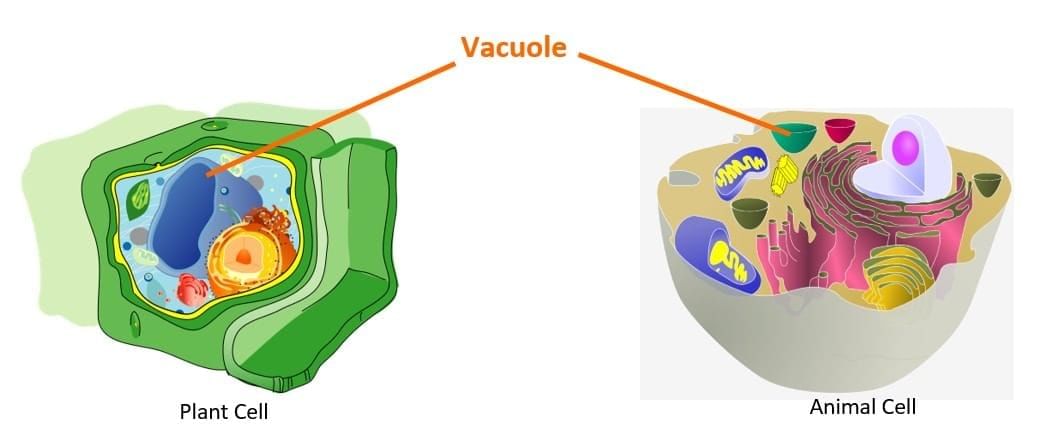
Q4. What shape are muscle cells typically described as?
Ans: Spindle-shaped (tapered at both ends).
Q5. Which organisms decompose waste to form manure?
Ans: Bacteria and fungi (microbes).
Short Answer Questions
Instruction: Answer the following questions in 2–3 lines.Q1. Why are some microorganisms invisible to the naked eye?
Ans: They are extremely small—often single-celled—and fall below the resolution limit of human vision. Microscopes are needed to magnify them for observation.
Q2. How does high salt or sugar preserve pickles and murabbas?
Ans: High salt/sugar creates conditions that draw water out of microbial cells (osmotic effect), preventing their growth and spoilage.
Q3. How do nerve cells (neurons) suit their function?
Ans: Neurons are long and branched, allowing rapid transmission of messages over distances in the body.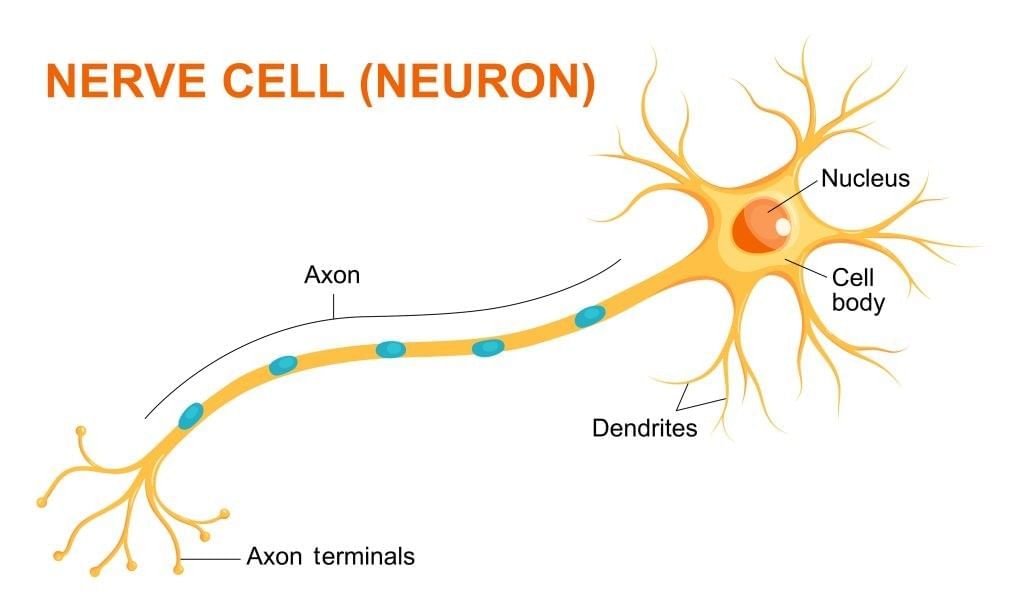
Q4. Why is warm milk preferred for curd formation?
Ans: Warm conditions help Lactobacillus multiply and convert lactose into lactic acid faster, thickening the milk.
Q5. What role do microalgae play in Earth’s oxygen supply?
Ans: Microalgae perform photosynthesis and release a major share of Earth’s oxygen, supporting life and aquatic food chains.
Match the Following
Instruction: Match Column A with the correct option in Column B.
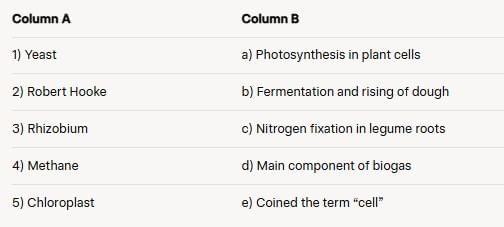
Ans:
Yeast — b) Fermentation and rising of dough
Explanation: Yeast ferments sugars, releasing CO2 that makes dough rise.Robert Hooke — e) Coined the term “cell”
Explanation: He named the cork compartments “cells” after observing them.Rhizobium — c) Nitrogen fixation in legume roots
Explanation: Rhizobium in root nodules converts atmospheric nitrogen into plant-usable forms.Methane — d) Main component of biogas
Explanation: Anaerobic microbial action produces methane, a fuel.Chloroplast — a) Photosynthesis in plant cells
Explanation: Chloroplasts contain chlorophyll and perform photosynthesis.
FAQs on Worksheet Solutions-1: The Invisible Living World: Beyond Our Naked Eye - Worksheets with Solutions for Class 8
| 1. What are the main components of the invisible living world that we cannot see with the naked eye? |  |
| 2. How do microorganisms benefit our environment? |  |
| 3. What is the significance of studying microorganisms in health and disease? |  |
| 4. How can microorganisms be harmful to humans? |  |
| 5. What tools or techniques are used to observe microorganisms? |  |

